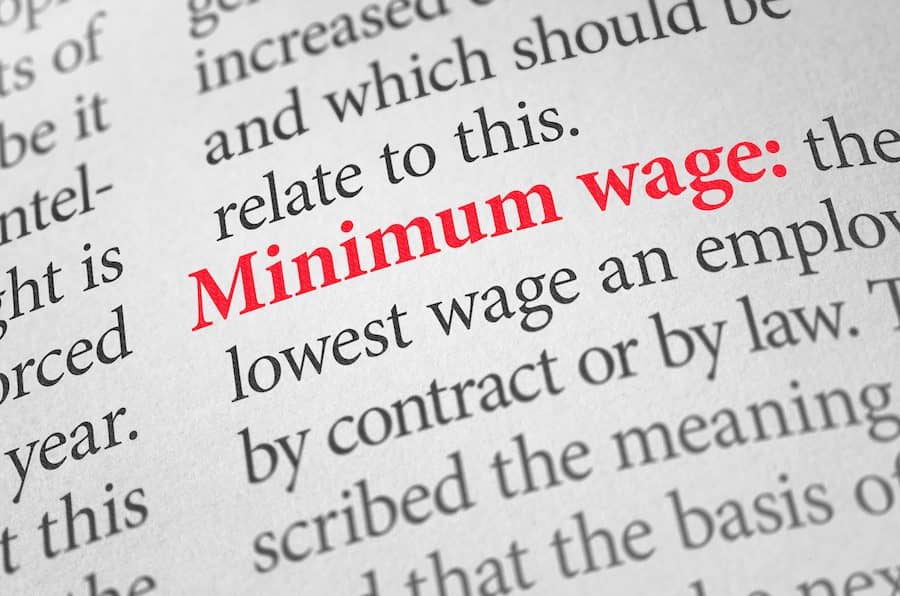The Supreme Court has given the final word on whether workers should get paid the national minimum wage for sleeping. The case law in this area has been conflicting, with different courts giving different judgments based on similar facts. Regulation 32(1) of the National Minimum Wage Regulations 2015 says that a person who isn’t working may be treated as working if they are available (and required to be available) at or near a place of work for the purposes of doing work unless they are at home (emphasis added) – this is the home exception. Regulation 32(2) says that the worker is only treated as ‘available for work’ when they are ‘awake for the purposes of working’, even if the worker sleeps at or near a place of work – this is the sleep-in exception. These regulations were originally introduced to implement the recommendations of the Low Pay Commission.
In Royal Mencap Society v Tomlinson-Blake, the employees were sleeping at or near their workplaces and disturbed infrequently at night. They received an allowance for their shifts but not the NMW for each hour of it. They brought claims saying they should be paid the NMW for the whole of their sleep-in shifts. Both claims won at tribunal. On appeal, the Employment Appeal Tribunal upheld the judgment in one claim but allowed the employer’s appeal in the other. The Court of Appeal said that the employees were only ‘available for work’, not actually working, while they were asleep. As such, they were only entitled to the NMW when they were disturbed and therefore awake for the purposes of working. They were not entitled to be paid the NMW when they were asleep. The Court of Appeal went through some conflicting case law, saying some were wrong and distinguishing others, leaving the waters still muddy.
The Supreme Court agreed with the Court of Appeal. The employees were only entitled to the NMW when they were awake and working. They referred to the report of the Low Pay Commission which preceded the NMW and which the government was bound to implement. They had not intended workers to be paid the NMW while they were sleeping, only when they were awake. In this case, the employee’s requirement to keep a ‘listening ear’ while asleep did not mean she was working.
This case is good news for employers in the care sector who were facing enormous back pay bills if the appeals had succeeded. The Supreme Court went further than the Court of Appeal, saying more of the previous (conflicting) case law was simply wrong. The clarity on pay for sleep-ins is welcome. However, we are living through times where the value and skills of our care workers are under the spotlight, their vital work ever more appreciated. The Low Pay Commission report is 20 years old and there will be pressure to revisit this issue. And what of the home exception? We are currently all home working, the lines between working, being available to work and not working are ever more blurred. Although the law on sleep-ins is now clear, wider questions have not yet been put to bed.
Find out how we can help. Our partner, Jon Dunkley, heads the Wollens specialist Employment Department. Contact him today for an informal chat, without obligation on 01271 342268 or via email at [email protected].



